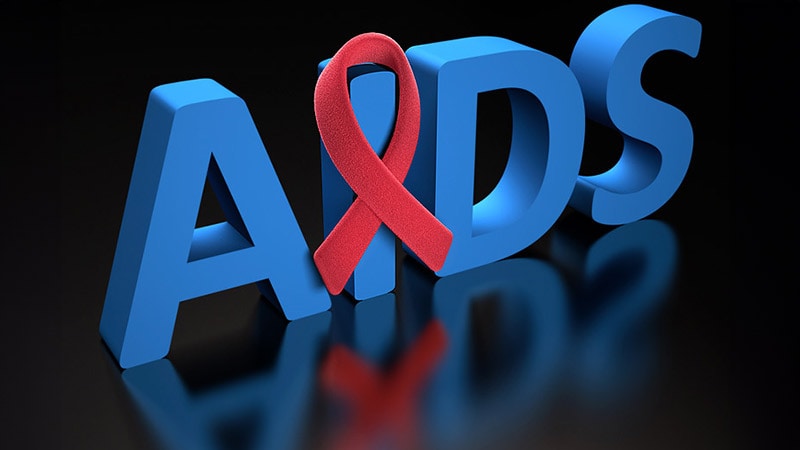The British Association for Sexual Health and HIV (BASHH) is updating its 2015 guidelines on HIV Post-Exposure Prophylaxis (PEP) Following Sexual and Occupational Exposures. The guidelines were put out for consultation in late September, with a deadline for response of 27 November 2020.
The guideline covers when to prescribe PEP, what antiretroviral agents to use and how to manage PEP. It also looks at the role of PEP within broader HIV prevention strategies, including pre-exposure prophylaxis (PrEP).
- In a change from previous guidelines, the prevalence of detectable HIV viraemia in the source population is used when determining the HIV transmission risk, rather than HIV prevalence per se. This is because most people with HIV in the UK are on effective antiretroviral therapy with an undetectable viral load, which is now known to prevent onward transmission.
- A new category of ‘PEP generally not recommended’, has been introduced for exposures where the risk is negligible and PEP should not be given unless specific extenuating circumstances exist.
- A number of other changes have been made to the indications for prescribing PEP, and to other aspects of the previous guideline.
- The recommended first-line PEP regimen is tenofovir disoproxil 245mg/emtricitabine 200mg with 27 raltegravir 1200mg once daily for 28 days.
- The new guidelines contain added detail on baseline and follow-up hepatitis B testing.


